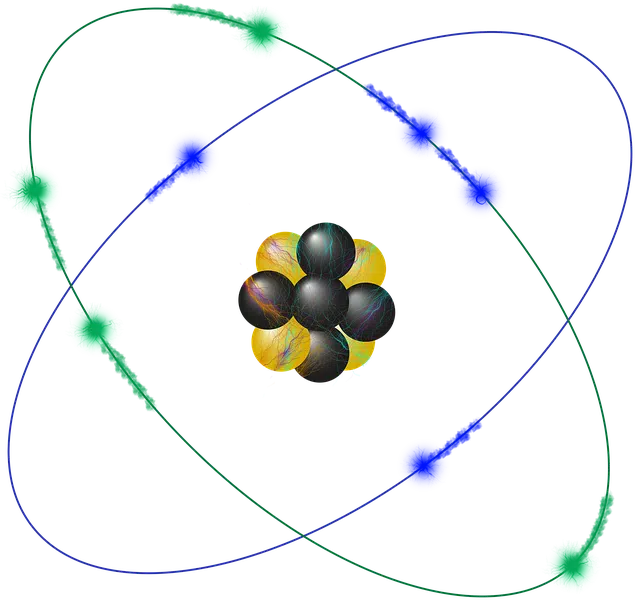
The linear relationship and proportionality that is registered between various variables is called correlation.
The reciprocal or corresponding link that exists between two or more elements is called correlation . The concept is used in different ways according to the context.
In the field of mathematics and statistics , correlation refers to proportionality and the linear relationship that exists between different variables. If the values of one variable change systematically with respect to the values of another, both variables are said to be correlated.
Correlation example
Suppose we have a variable R and a variable S. As R values increase, S values increase. Similarly, as the values of S increase, the values of R increase. Therefore there is a correlation between the variables R and S.
We can present this same example graphically if we think about the accounting of a company, specifically in two variables that record "the expenses for purchasing products" and the "total stock in the warehouse"; It is correct to say that as the first increases so does the second, and that it is not possible to avoid this correlation.
Dependency between variables
It can be noted that correlation is the recorded measure of the dependence between different variables. The degree of correlation can be measured by so-called correlation coefficients , such as the intraclass correlation coefficient , the Spearman correlation coefficient and the Jaspen coefficient .
It is important to keep in mind that the existence of a statistical correlation between two events does not imply that there is a causal connection between them. This fallacious belief is summarized with the Latin expression Cum hoc ergo propter hoc , which is usually summarized as "correlation does not imply causation." The supposed causality in the correlation may be due to a coincidence or the existence of some unknown factor, for example .

Electronic correlation refers to the interaction of electrons in a quantum system.
The electronic correlation
The idea of electronic correlation , on the other hand, refers to the interaction that electrons maintain in a quantum-type system. This concept falls within the scope of quantum mechanics , a discipline that physics uses to fundamentally describe nature, taking small spatial scales as a reference.
Physics took this term from statistics, where it is used to define the case in which two distribution functions are not independent of each other. We understand by distribution function that which serves to describe the probability that the variable to which it is associated is less than or equal to another, around which it is applied.
Let's think, for example, of two electrons, a and b ; If we defined the distribution function p(ra,rb) to establish the joint probability that the first is found in ra and the second, in rb , we would be talking about a correlation between them as long as it was not equal to the product of p( ra) by p(rb) , that is, the individual probabilities of each variable.
The case of quantum chemistry
Quantum chemistry , on the other hand, is a branch of chemistry that can be applied to quantum field theory and quantum mechanics; It is the description by mathematical means of the fundamental behavior of matter , on a scale that is measured in molecules. In the so-called Hartree-Fock method, an approximation of the quantum mechanical equations for elementary particles called fermions , there is an asymmetric wave function that describes a group of electrons that is only approximated by a particular technique, known as the Slater determinant . .
On the other hand, exact wave functions cannot always be represented as unique determinants, since this leaves aside the correlation between electrons whose spin is opposite (spin is a property of elementary particles that describes an intrinsic angular momentum whose value does not change).
